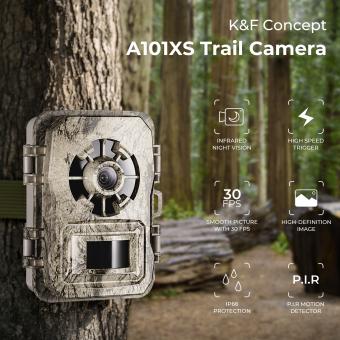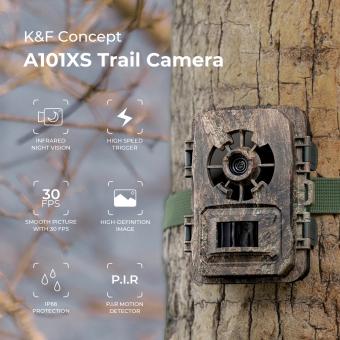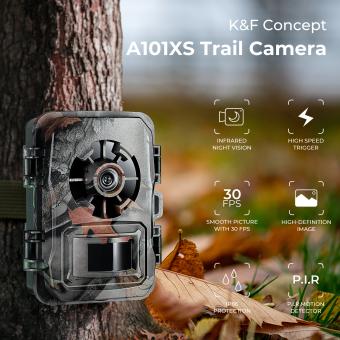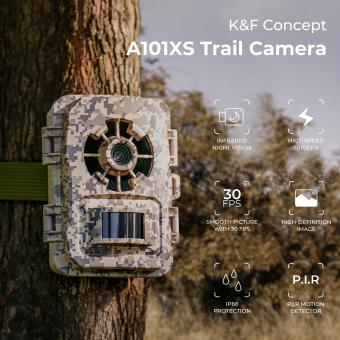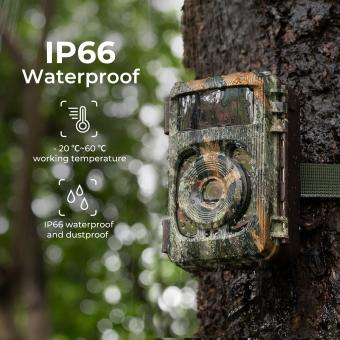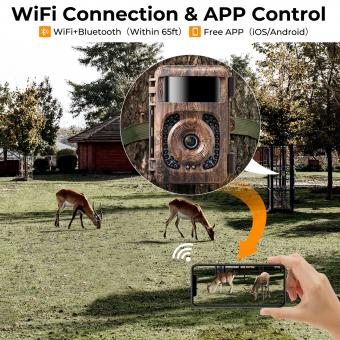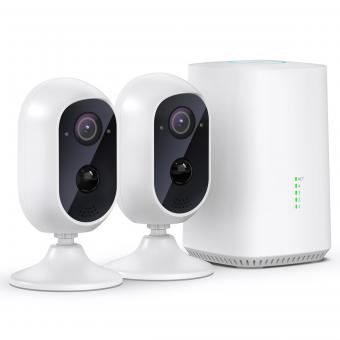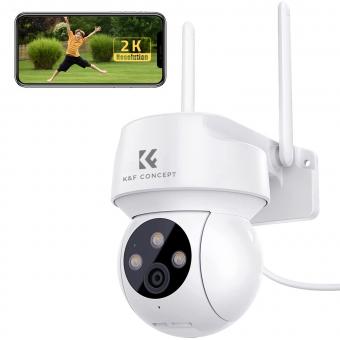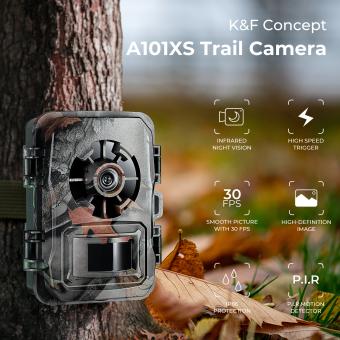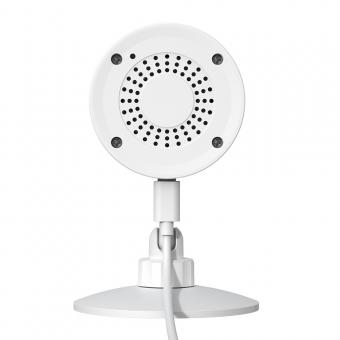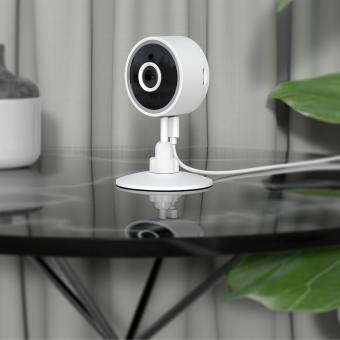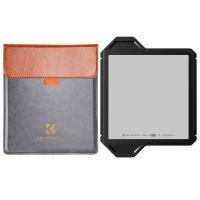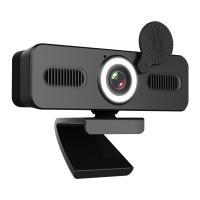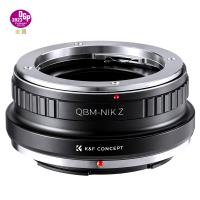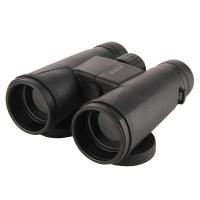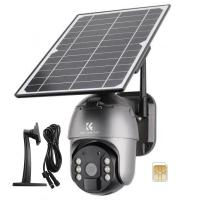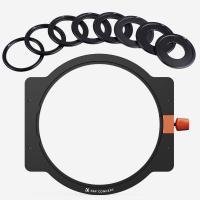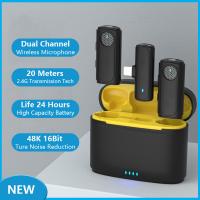How Many Security Cameras Do You Need?
In today's world, ensuring the safety and security of your property is paramount. Whether it's your home, office, or any other establishment, installing security cameras is one of the most effective ways to deter crime and monitor activities. However, one of the most common questions people have is, "How many security cameras do I need?" This question doesn't have a one-size-fits-all answer, as the number of cameras required depends on various factors. In this article, we will explore these factors in detail to help you determine the optimal number of security cameras for your property.
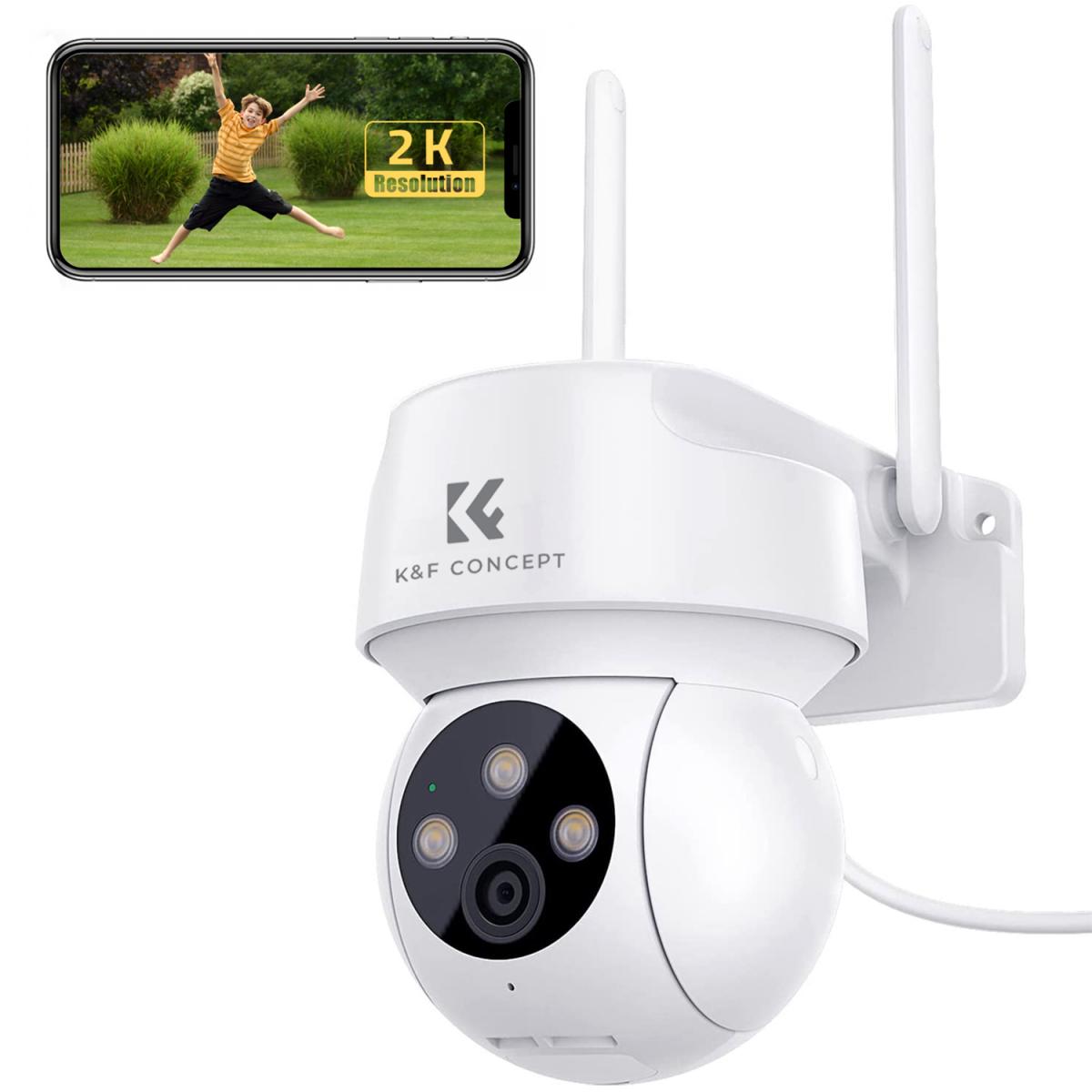
Assessing Your Property
The first step in determining the number of security cameras you need is to assess your property. This involves identifying the areas you want to monitor and understanding the layout of your property. Here are some key considerations:
1. Property Size and Layout: The size and layout of your property play a significant role in determining the number of cameras needed. Larger properties with multiple entry points, expansive yards, or complex layouts will require more cameras to ensure comprehensive coverage.
2. Entry and Exit Points: Identifying all the entry and exit points is crucial. These include doors, windows, gates, and any other access points. Each of these points should ideally be covered by a camera to monitor who is coming in and going out.
3. High-Risk Areas: Certain areas of your property may be more vulnerable to security threats. These could include dark corners, secluded spots, or areas with valuable assets. These high-risk areas should be prioritized when planning your camera placement.
4. Indoor vs. Outdoor Coverage: Decide whether you need cameras both indoors and outdoors. Outdoor cameras are essential for monitoring the perimeter, while indoor cameras can help keep an eye on specific rooms or areas within the property.
Types of Security Cameras
Understanding the different types of security cameras available can also help you determine how many you need. Here are some common types:
1. Bullet Cameras: These are typically used for outdoor surveillance. They are long and cylindrical, making them easy to mount on walls or ceilings. They are ideal for covering large areas.
2. Dome Cameras: These cameras are often used indoors and have a dome-shaped design. They are less obtrusive and can provide a wide field of view.
3. PTZ Cameras: Pan-Tilt-Zoom (PTZ) cameras can be remotely controlled to pan, tilt, and zoom. They are versatile and can cover large areas, reducing the number of cameras needed.
4. Hidden Cameras: These are discreet and can be hidden in everyday objects. They are useful for covert surveillance but may not cover large areas.
Calculating the Number of Cameras
Once you have assessed your property and understood the types of cameras available, you can start calculating the number of cameras needed. Here are some general guidelines:
1. Entry and Exit Points: As a rule of thumb, each entry and exit point should have its own camera. This ensures that you have a clear view of anyone entering or leaving the property.
2. Perimeter Coverage: For outdoor surveillance, you may need multiple cameras to cover the entire perimeter. The number of cameras will depend on the size and shape of your property. For example, a rectangular property may need cameras at each corner, while an irregularly shaped property may require more.
3. High-Risk Areas: Identify the high-risk areas and allocate cameras accordingly. For instance, if you have a garage with valuable tools, you may want to install a camera there.
4. Indoor Coverage: For indoor surveillance, consider the number of rooms or areas you want to monitor. Each room or area should ideally have its own camera, especially if it contains valuable items or is frequently accessed.
Practical Examples
To provide a clearer picture, let's look at some practical examples:
1. Small Home: A small home with a front door, back door, and a few windows may need around 4-6 cameras. This would include cameras for the front and back doors, a couple of cameras for the windows, and possibly one or two indoor cameras for high-risk areas like the living room or garage.
2. Large Home: A larger home with multiple entry points, a large yard, and several high-risk areas may require 8-12 cameras. This would include cameras for all entry points, perimeter coverage, and indoor cameras for key areas.
3. Office Building: An office building with multiple floors, entry points, and high-risk areas like server rooms may need 12-20 cameras. This would include cameras for all entry points, stairwells, hallways, and key rooms.
Additional Considerations
While the above guidelines provide a starting point, there are additional considerations to keep in mind:
1. Camera Quality: Higher quality cameras with better resolution and wider fields of view can reduce the number of cameras needed. Investing in high-quality cameras can provide better coverage and clearer images.
2. Lighting Conditions: Consider the lighting conditions in the areas you want to monitor. Some cameras are better suited for low-light conditions, while others may require additional lighting.
3. Budget: Your budget will also play a role in determining the number of cameras you can install. It's important to balance the need for comprehensive coverage with your budget constraints.
4. Future Expansion: Plan for future expansion. If you anticipate needing more cameras in the future, consider investing in a system that can easily accommodate additional cameras.
Determining the optimal number of security cameras for your property involves a thorough assessment of your property, understanding the types of cameras available, and calculating the number of cameras needed based on key factors. By considering the size and layout of your property, entry and exit points, high-risk areas, and indoor vs. outdoor coverage, you can ensure that you have comprehensive surveillance to protect your property.
Remember, the goal is to create a security system that provides peace of mind and effectively deters potential threats. By carefully planning and investing in the right number of cameras, you can achieve this goal and enhance the safety and security of your property.

